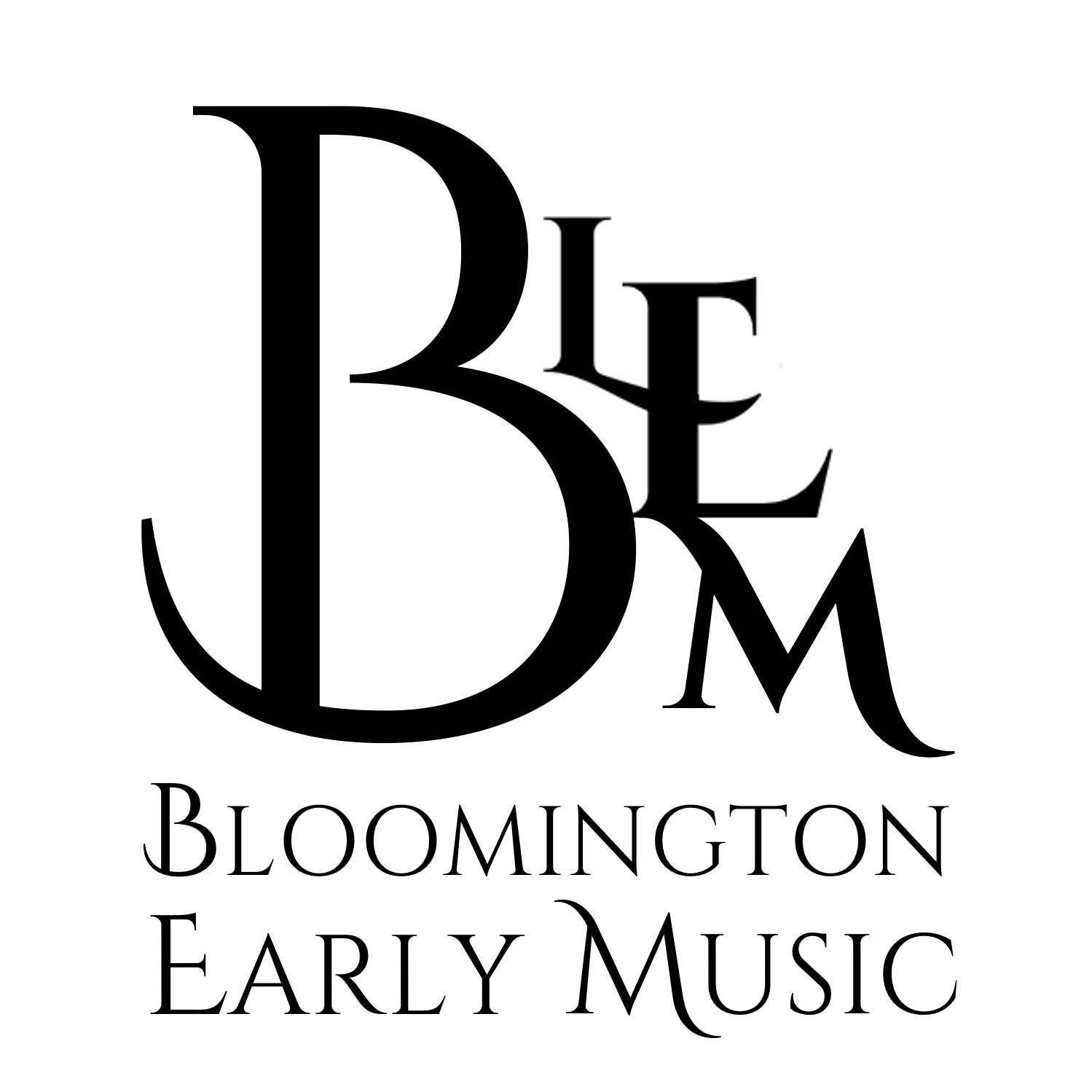PATRICIA GARCÍA GIL PROGRAM NOTES
The cultural transfer between Iberia and Latin America occurred in a far less neutral context than an ‘encounter’, which is perhaps the reason why mostly Christian religious music of the colonial period has been preserved and studied. However, in the late years of the eighteenth century, when both continents were foreseeing the end of the old regime, music education and domestic music making started to spread across varied social spheres, as did enthusiasm for Italian music and the new, innovative keyboard instrument, the fortepiano.
From 1752 to 1757, a full thirteen volumes of Scarlatti sonatas were copied out for the use of the composer’s student, the Portuguese-Spanish Queen Maria Barbara, who likely performed them on her Florentine fortepianos. Domenico Scarlatti and Antonio Soler, who had access to the queen’s instruments as musical director of the royal palace at El Escorial, both incorporated the sounds of Spain–Moorish, Jewish, Gypsy, folk, dance, and guitar–into their compositions. These works were present in libraries and music compilations throughout America, among those of other Iberian and Latin American composers.
One of these compilations is the “Libro Sesto de Maria Antonia Palacios,” dated c. 1790, found among the rubble during the demolition of a religious institution in Santiago de Chile in the late 20th century. The volume represents the personal repertoire of its owner and user, Maria Antonia, identified in Chilean archives as a Black slave with musical knowledge, who may have been connected to a church as an organist. The hand-copied book contains 165 compositions, including works by Franz Joseph Haydn, anonymous (perhaps local) composers, and Spanish composers such as Vicente Joachin Castillon–including his sonatas para pianoforte o clavecin. Customs archives show the entrance of fortepianos in South America as early as 1769, and towards the end of the century they were commonly owned by women, who also organized tertulias (salons).
Dated 1804, another compilation known as “Quaderno Mayner” was preserved in Mexico. Guadalupe Mayner from Mexico, of unknown origin, could be the same “Marquesa de Vivanco” that appears in the book as author of a Minuet for four hands. The manuscript, which indicates on its front page that it was intended for the use of this lady, contains works “for harpsichord or fortepiano” by Haydn and Latin American composers such as the Mexican violinist and fortepianist Aldana, author of the Minuetto con variaciones.
It is important to mention that until the last decades of the eighteenth century, printed music from local composers from both Iberia and Latin America did not circulate often, but after 1780 works such as Manuel Blasco de Nebra’s and Montero’s sonatas para clave y fuerte piano were more likely to reach other parts of the world. Besides, piano methods like “Ensayos Músicos para Pianoforte” written by the Spanish prodigy child Maria de Carmen Hurtado y Torres, or the “Metodo de Pianoforte” composed by the Afro-Brazilian composer Jose Mauricio Nunes Garcia were published in both continents.
Audiovisual elements intertwine with the performance throughout this pre-recorded concert. Steeped in an 18th-century aesthetic and created with the help of Italian film director Fabio Morelli and Spanish watercolorist Juana Maria Gil Agudo, this imagery illuminates the musical interactions and influences these composers received and delivered, the socioeconomic differences behind the musical compilations, and the export and import of music and instruments between Italy, Iberia, and Latin America.
BIOGRAPHY
Patricia is a fortepiano artist of Youth Musicians of Spain, where her concerts have been showcased by the National Radio and Radio Catalunya; she is a regular guest of the Early Music series at Royaumont and L'Abbaye aux Dames in France, where she will be artist-in-residence during the summer of 2023; she is frequently invited to perform at the Geelvinck Fortepiano Festival in the Netherlands, the Bartolomeo Cristofori Academy, the Villa Bossi, the APM Saluzzo, and the Karl Jenkins Association in Italy; she has performed and recorded for the radio in Hong Kong (China); in the USA, she has performed and presented at the conferences organized by the American Musical Instrument Society, the Historical Keyboard Society of North America, the Westfield Center for Keyboard Studies, and the Sigal Music Museum. In June 2022, she was presented as Emerging Artist at the Berkeley Early Music Festival by Early Music America.


